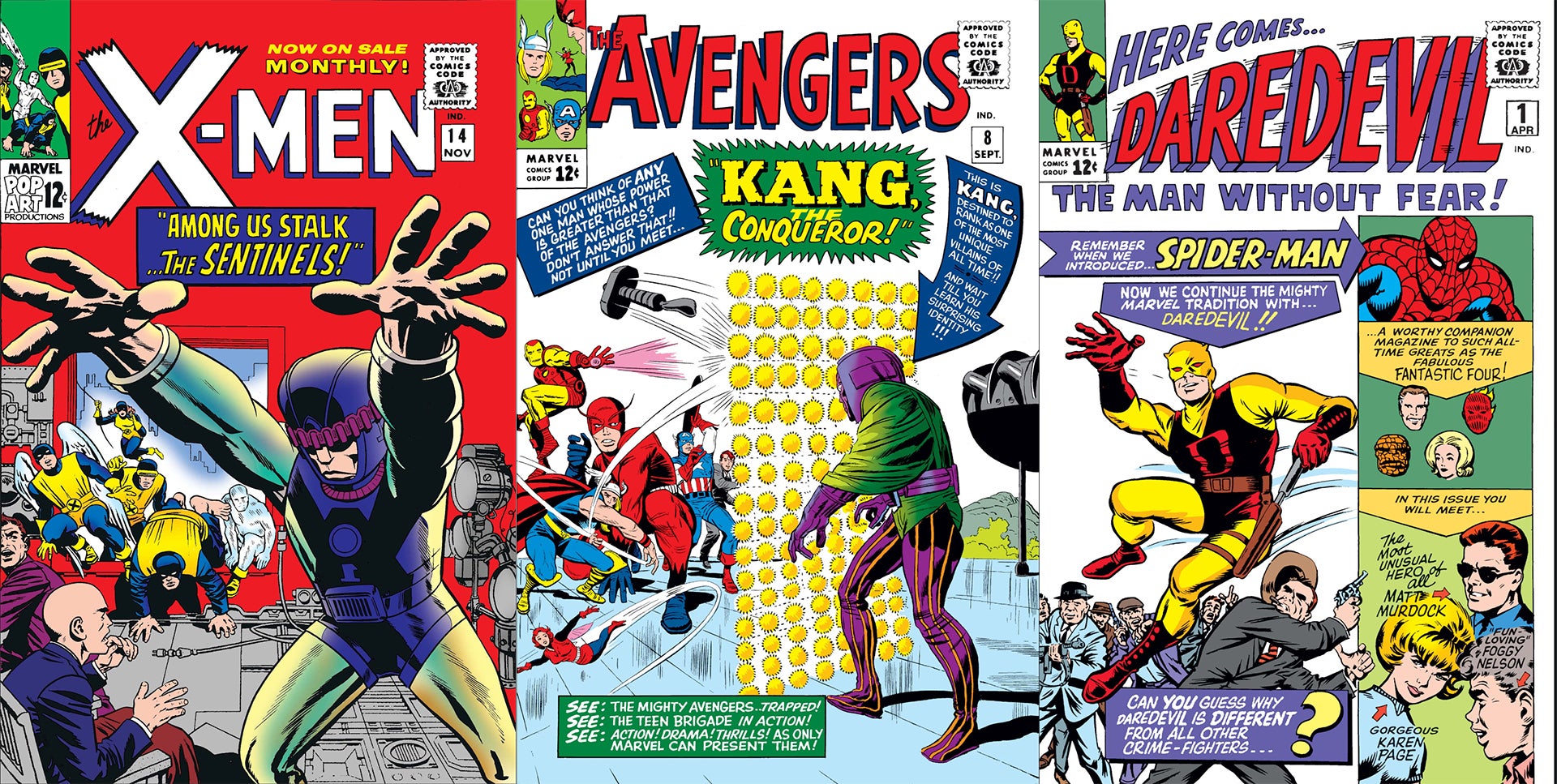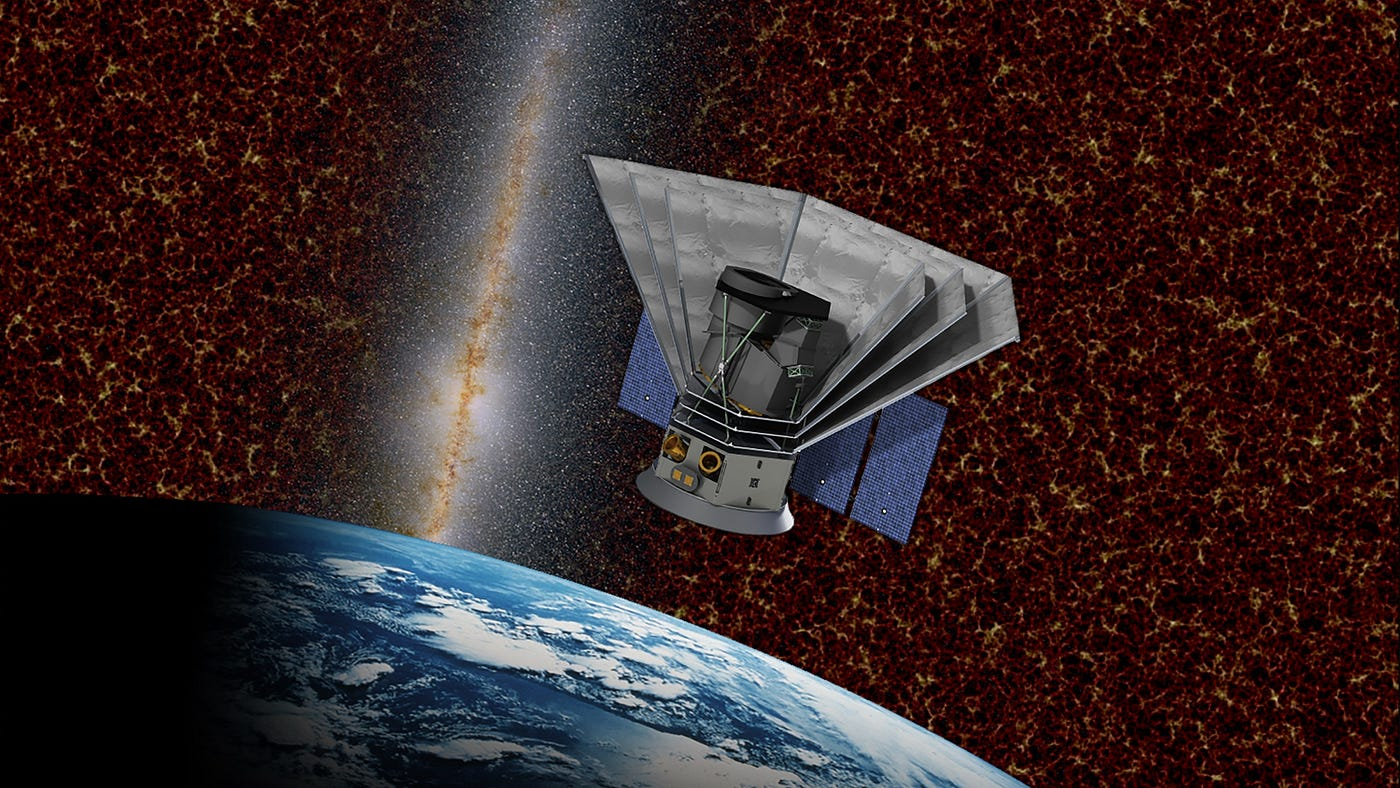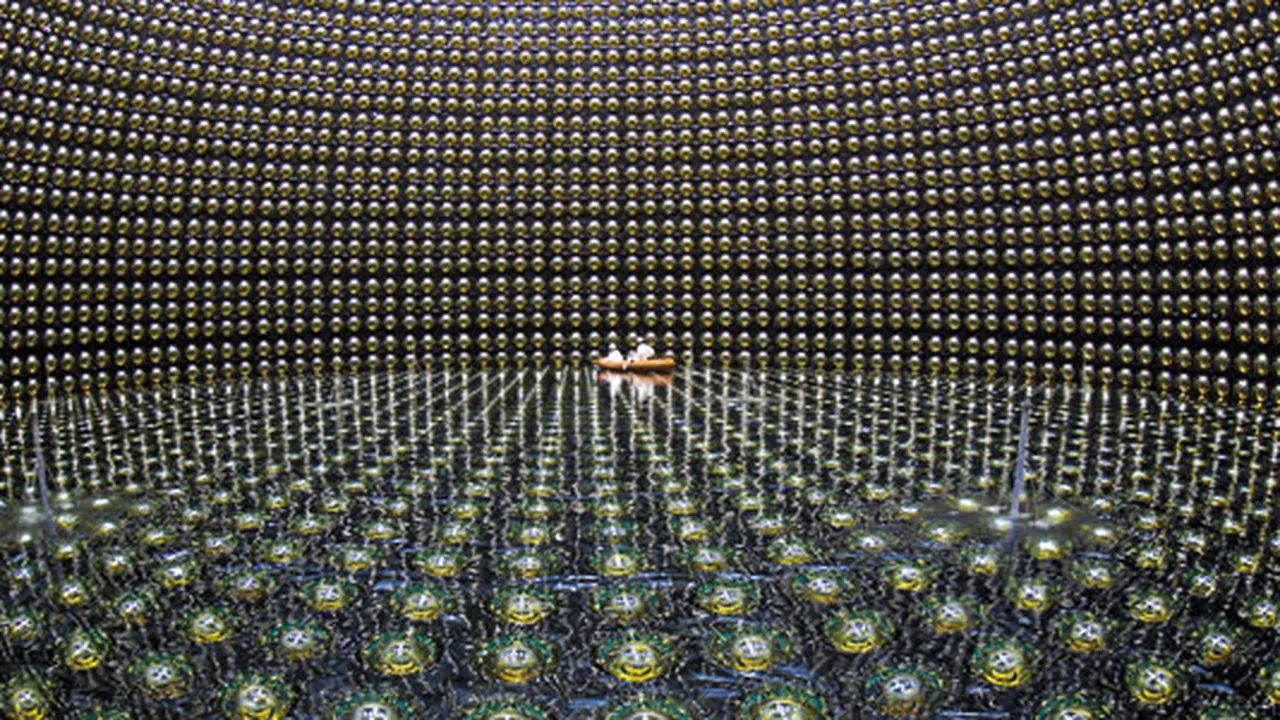Physicists at Washington University in St. Louis have forged a groundbreaking type of matter—time quasicrystals—inside a diamond by using a microwave-driven quasiperiodic pulse sequence to activate nitrogen-vacancy centers . Unlike traditional time crystals which exhibit fixed periodic rhythms, time quasicrystals vibrate in structured yet non-repeating patterns, much like a chord rather than a single note. This discovery anchors the experience layer with cutting-edge experimental results that challenge our conventional understanding of time-structured matter.
Leading quantum physicists and researchers lend expertise and authority to this innovation. Published in Physical Review X, the study demonstrates just how resilient these structures are: the time quasicrystal persisted through hundreds of cycles before decaying—highlighting its durability. Experts suggest that these formations may one day function as quantum memory analogs or ultra-sensitive sensors, maintaining stable internal pulsations with minimal energy loss.
The trustworthiness of this finding stems from peer-reviewed publication, reproducible methodology, and multi-institutional backing. The use of transparent diamond samples, robust microwave driving schemes, and detailed spectral mapping by WashU researchers ensures credibility. As physicists explore applications in quantum computing and precision timing, time quasicrystals stand out as a well-substantiated—yet surreal—addition to the quantum phase landscape.






